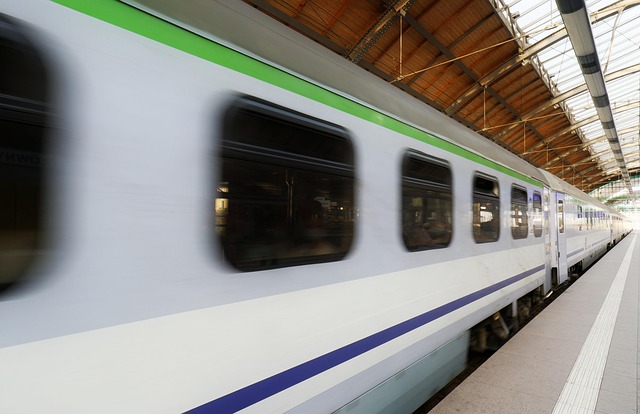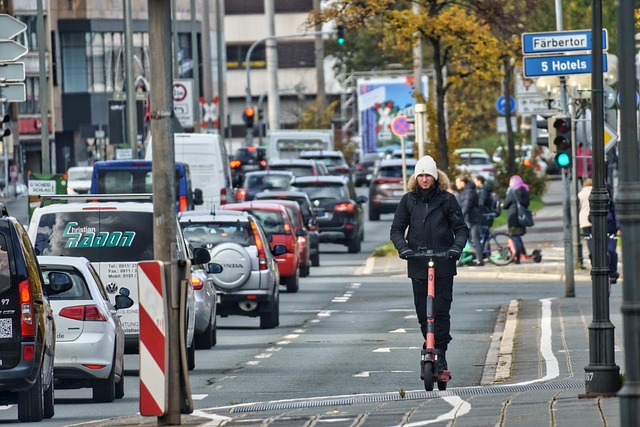Revolutionizing Rural Mobility: Exploring Sustainable Public Transport Novelties
The concept of public transport novelties isn’t just about introducing new vehicles or routes; it’s about reshaping the very fabric of rural communities. As we navigate the challenge of achieving sustainable transport, the focus is increasingly shifting toward rural development, where effective mobility solutions can bridge the gap between accessibility and sustainability.
With many rural areas facing limited transport options, the need for innovative public transport solutions has never been more urgent. Traditional transport systems often overlook these regions, leaving residents isolated and dependent on private cars. However, emerging public transport novelties are paving the way for a greener future that values both mobility and sustainability.
One significant advance in rural transport is the rise of electric buses and shared mobility systems. These not only reduce carbon emissions but also promote an inclusive community spirit. Imagine a network of electric shuttles connecting small towns with major hubs—this modern twist on public transport brings fresh energy to communities previously cut off from essential services. Furthermore, these shuttles can operate on flexible schedules, responding dynamically to community needs and ensuring that nobody is left behind.
Moreover, integrating technology into public transport novelties is revolutionizing how residents interact with their mobility options. Apps and digital platforms can provide real-time information, enabling users to plan their journeys with ease. Through such innovations, we see the rise of on-demand transport services that cater specifically to rural populations. This model not only fosters sustainability through efficient routing but also empowers residents to take charge of their transportation needs.
Another fascinating development is the promotion of cycling and walking as viable alternatives to traditional public transport. Initiatives that incorporate safe bike lanes and pedestrian-friendly routes enhance accessibility and create healthier communities. They also reduce the reliance on fossil fuels, contributing to overall transport sustainability. As more investments pour into infrastructural improvements, rural areas can experience a renaissance of connectivity that prioritizes eco-friendliness.
Partnerships between local governments, private sectors, and communities are essential for the successful implementation of these public transport novelties. Collaborative efforts can ensure that the unique needs of rural areas are addressed while maximizing the benefits of emerging technologies. This holistic approach develops solutions tailored to specific contexts, increasing the likelihood of sustainable adoption.
As we embrace the potential of these transport innovations, it is crucial to evaluate their effects not only on mobility but also on rural economies. Enhanced connectivity can stimulate local businesses, allow for easier access to resources, and draw in tourism. By investing in sustainable public transport systems, rural areas can witness transformative growth that respects the environment while supporting their communities.
The road ahead is promising, but requires a collective vision for the future of rural mobility. By actively engaging with public transport novelties, communities can cultivate a sustainable infrastructure that revives rural development. The future of our transport ecosystems lies in intertwined efforts to innovate and elevate, ensuring that every resident enjoys equal access to opportunities and resources.



